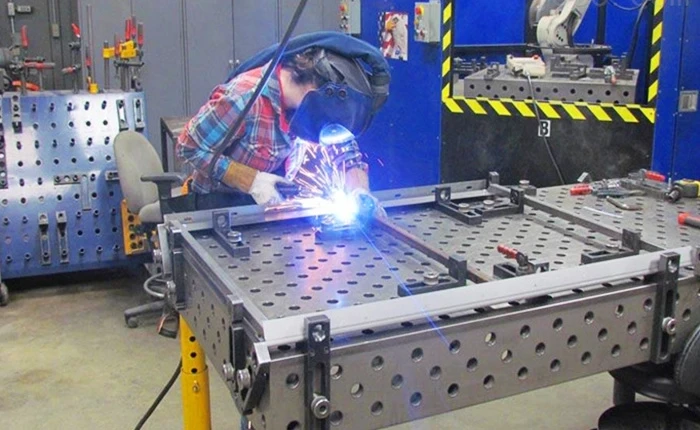Dec . 01, 2024 22:30 Back to list
butterfly valve fitting
Understanding Butterfly Valve Fittings A Comprehensive Overview
Butterfly valves are essential components in various industrial applications due to their simple design and effective functionality. One of the most important aspects of these valves is their fittings, which play a crucial role in ensuring optimal performance, reliability, and efficiency in fluid control systems. This article delves into the fundamental characteristics of butterfly valve fittings, their types, applications, and installation considerations.
What is a Butterfly Valve?
A butterfly valve is a quarter-turn rotational valve that is used to regulate or isolate flow in a pipeline. The primary component of a butterfly valve is the disc, which acts as the pivoting element to either block or allow the flow of fluid. When the disc is rotated a quarter turn, it opens or closes the flow path. This design enables quick and efficient operation, making butterfly valves suitable for applications requiring rapid response and minimal pressure drop.
Types of Butterfly Valve Fittings
Butterfly valve fittings can be categorized based on various factors, including mounting type, body material, and application-specific needs
1. Mounting Types - Wafer Type This type of fitting is sandwiched between two flanges and is typically used in low-pressure applications. Wafer butterfly valves are lightweight and offer easy installation. - Lug Type Designed with specific lugs that allow for bolting on both sides, lug-type fittings can be installed in situations where the piping system may need to be disconnected on one side without affecting the entire system. - Flanged Type Flanged fittings offer robust connections, ideal for high-pressure applications. These fittings are bolted directly to the pipeline flanges, providing a strong and leak-resistant seal.
2. Body Materials - Cast Iron This is one of the most common materials used for butterfly valve bodies due to its durability and corrosion resistance. It is often used in water and wastewater applications. - Stainless Steel For applications that require high strength and corrosion resistance, stainless steel butterfly valves are preferred. They are commonly used in food processing, pharmaceuticals, and chemical industries. - PVC and CPVC These plastic materials are used for butterfly valves in corrosive environments where metal fittings would deteriorate quickly. They are lightweight and easy to install.
butterfly valve fitting

Applications of Butterfly Valve Fittings
Butterfly valves are widely used across different industries due to their versatility and efficiency
- Water Supply and Wastewater Treatment They are essential in managing flow rates, isolating sections of pipelines, and ensuring the efficient treatment of water and wastewater. - Chemical Processing Butterfly valves facilitate the control and regulation of various chemical flows, ensuring safety and precision in chemical reactions. - HVAC Systems In heating, ventilation, and air conditioning systems, butterfly valves help in regulating airflow and maintaining desired temperatures.
Installation Considerations
When installing butterfly valve fittings, several factors should be considered to ensure optimum performance
1. Correct Size and Type It is crucial to select the appropriate size and type of butterfly valve fitting based on the specific application and system requirements. 2. Proper Alignment Misalignment during installation can lead to operational issues such as leaks or premature wear and tear. 3. Sealing and Gasketing Ensuring that proper sealing materials are used can prevent leaks and extend the lifespan of the valve fittings. 4. Maintenance and Inspection Regular maintenance and inspection are vital to ensure the reliability of butterfly valve fittings, allowing for timely repairs or replacements when necessary.
Conclusion
Butterfly valve fittings are integral to the efficient operation of many fluid control systems across various industries. Understanding the types, applications, and installation considerations can lead to more informed choices, ensuring optimal performance and longevity of these critical components. As industries continue to evolve, the demand for reliable and efficient butterfly valve fittings will remain significant, underscoring their importance in modern engineering and manufacturing processes.
-
Y Type Strainer Maintains System Efficiency Long TermNewsJul.15,2025
-
Valve Selection Guide for Industrial ApplicationsNewsJul.15,2025
-
Steel Fab Table Provides Durable Work Surface for WeldingNewsJul.15,2025
-
Pad Iron Provides Stable Support for Heavy MachineryNewsJul.15,2025
-
One Inch Check Valve Fits Standard Plumbing SystemsNewsJul.15,2025
-
Measuring Micrometer Ensures Precise Dimensional AccuracyNewsJul.15,2025
Related PRODUCTS









